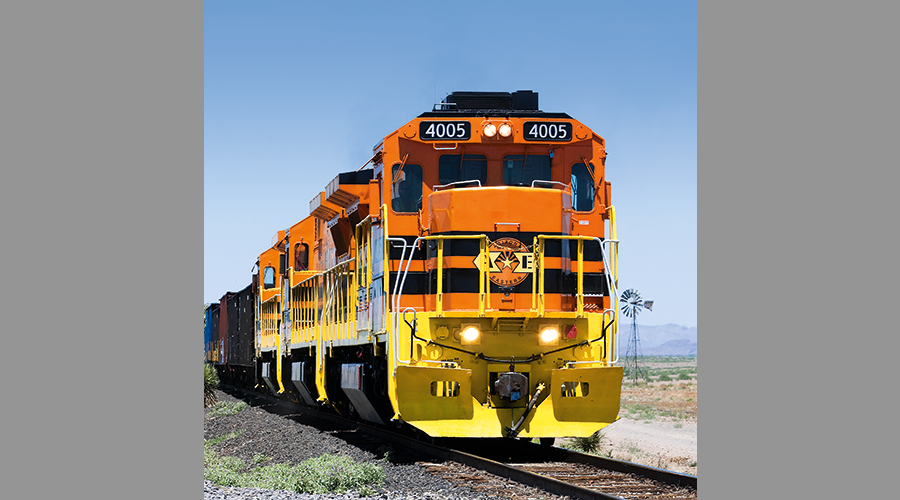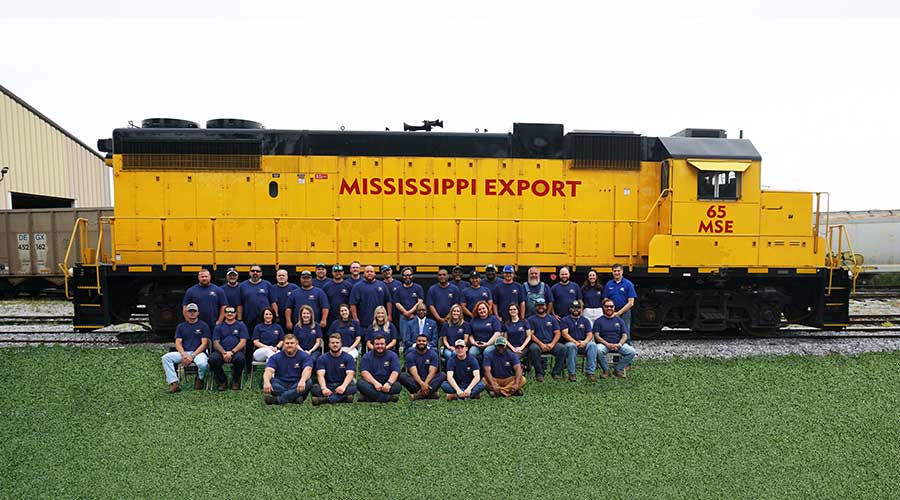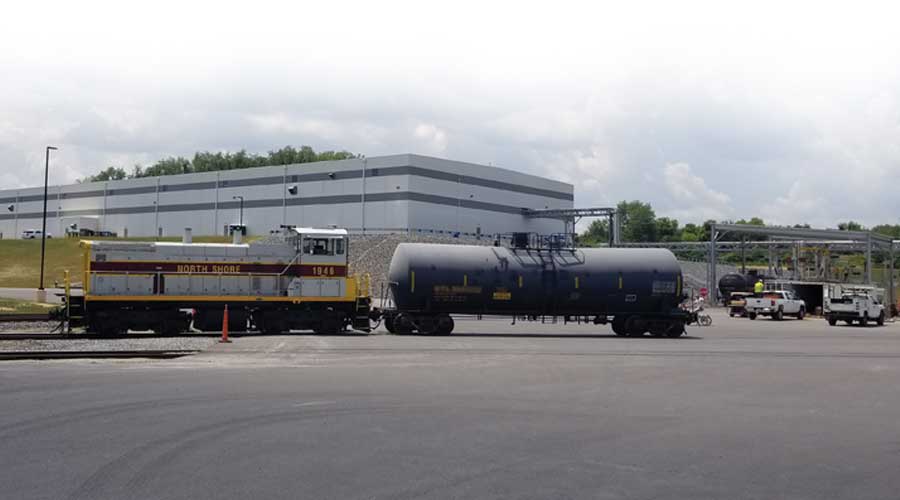Stay updated on news, articles and information for the rail industry
January 2007
Rail News: Short Lines & Regionals
A taxing situation: The short-line tax credit
By Jeff Stagl, Managing Editor
One down and two to go. As the congressional recess for the holidays rapidly approached last month, the American Short Line and Regional Railroad Association (ASLRRA) still had three objectives it hadn’t yet met in 2006 regarding short lines’ track maintenance tax-credit legislation: extend the bill three years, resolve an Alternative Minimum Tax (AMT) problem and change credit assignment provisions in the Internal Revenue Services’ (IRS) proposed regulations.
In early December, the ASLRRA accomplished goal No. 3. After lobbying for and gaining the support of 15 U.S. senators during the congressional session’s last 10 days, language proposed by the IRS that invalidated tax-credit assignments between some short lines and their customers, contractors and suppliers was changed and incorporated into the Tax Relief and Health Care Act of 2006 (H.R. 6111). Congress passed the bill Dec. 9 and President Bush signed it Dec. 20.
Language barrier
When enacted on Jan. 1, 2005, the Railroad Track Maintenance Tax Credit legislation — or Section 45G of the U.S. tax code — allowed short lines to transfer credits to shippers, contractors and suppliers. Tax credits can be issued against qualified track maintenance expenditures, such as maintaining or upgrading track, roadbed, bridges and related structures, and applied to federal taxes to reduce taxes owed.
However, proposed regulations governing Section 45G credits that the IRS issued on Sept. 8, 2006, contain language that invalidates credit assignments for certain tax-exempt and government-owned short lines, as well as those that carry losses forward on their income tax or have a small tax liability, says Adam Nordstrom, senior associate for ASLRRA lobbying firm Chambers, Conlon & Hartwell L.L.C.
“The problem is these are the railroads that by nature have a lot of [carry] forward deductions and need the track upgrades the most,” he says.
Although the regulations are temporary, they’re in effect and retroactive to Jan. 1, 2006, while the IRS reviews public comments it received Dec. 7, says Nordstrom. Following a public hearing Jan. 9, the IRS will begin a process to finalize the regulations.
“We argued that the IRS over-stepped its bounds,” he says.
Two to tango
With the congressional victory in hand, the short-line lobby has turned its attention to extending the legislation — which is set to expire on Dec. 31, 2007 — another three years to 2010’s end and obtaining relief from the AMT.
Both objectives will be a major lobbying focus during the “Railroad Day on Capitol Hill,” says Nordstrom. To be held March 14 in Washington, D.C., the event is organized by the ASLRRA along with the Association of American Railroads and three rail industry supplier associations.
Garnering support to extend the legislation might be easier than ironing out complicated AMT issues. When calculating their tax liability, many small short lines find they can claim the minimum tax, which basically wipes out their tax credits, says Nordstrom.
“Instead of getting a 50 percent tax credit, they’re getting significantly less — some close to zero,” he says.
The ASLRRA estimates that of $122 million in tax credits earned by 226 member short lines in 2005, only $78 million in credits could be claimed.
“One-third of the credits are lost to the AMT,” says Nordstrom. “Our goal is to seek a legislative approach to minimizing the effect of the AMT, such as a tax bill that would change the tax code.”
Dealing with a Democratic-controlled 110th Congress shouldn’t be a major stumbling block to landing such legislation this year, Nordstrom believes. The ASLRRA has developed relationships with many congressmen over the years and “half of Congress is still with us,” he says.
However, association officials and lobbyists will need to “get back to the basics” by promoting short lines’ role in the U.S. economy and helping new senators and house representatives understand how the railroads conduct their business, says Nordstrom.
“We’ll start the education process at the Day on the Hill,” he says. “We’ll go one-on-one with them.”


 2025 MOW Spending Report: Passenger-rail programs
2025 MOW Spending Report: Passenger-rail programs
 Gardner steps down as Amtrak CEO
Gardner steps down as Amtrak CEO
 Guest comment: Oliver Wyman’s David Hunt
Guest comment: Oliver Wyman’s David Hunt
 Women of Influence in Rail eBook
Women of Influence in Rail eBook
 railPrime
railPrime







